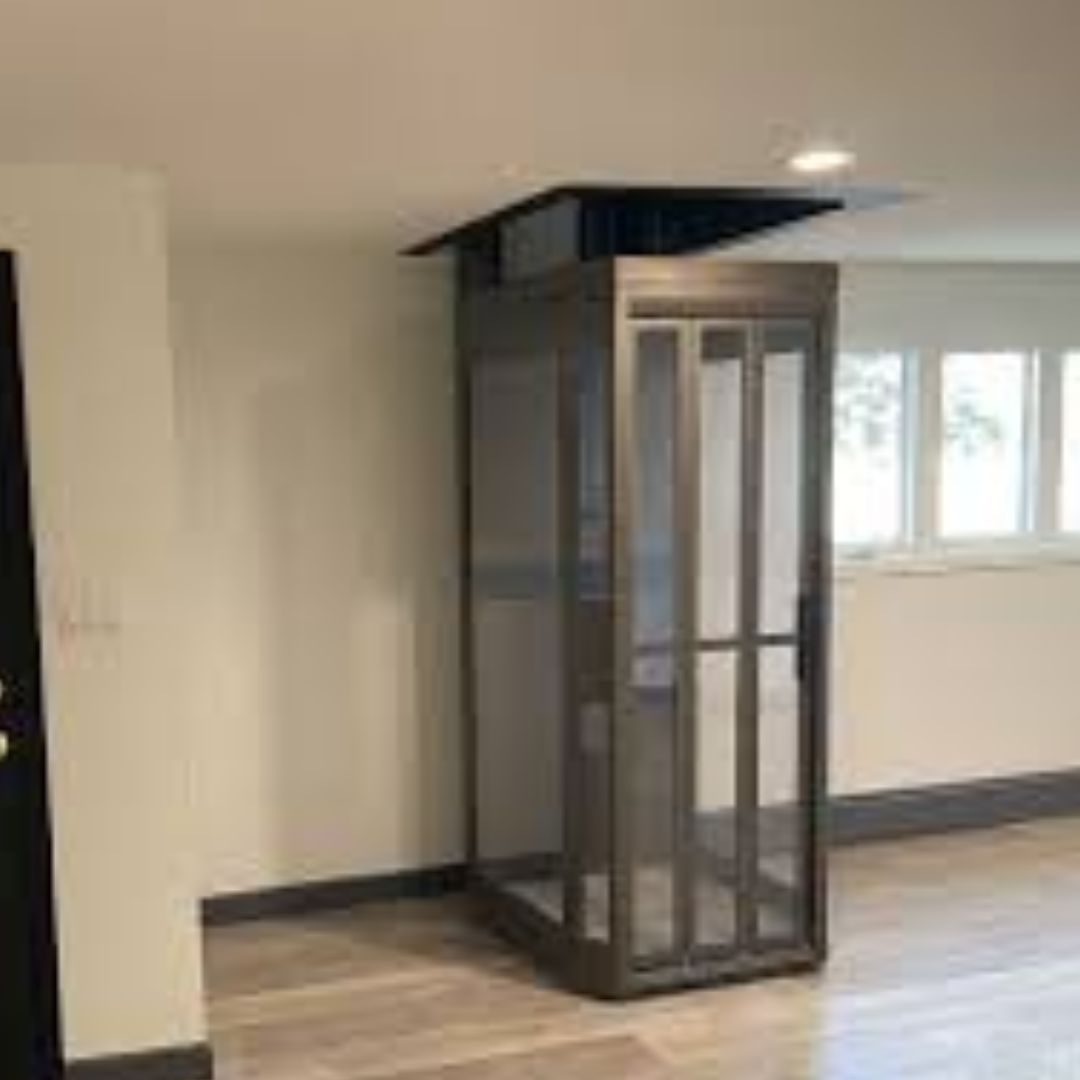Holeless Elevator
Holeless elevators, also known as direct-plunger hydraulic elevators, represent a modern solution to vertical transportation that eliminates the need for a deep pit beneath the elevator shaft.
Introduction
Holeless elevators, also known as direct-plunger hydraulic elevators, represent a modern solution to vertical transportation that eliminates the need for a deep pit beneath the elevator shaft. Traditionally, hydraulic elevators require a pit to house the hydraulic cylinder that moves the elevator cab. However, holeless elevators use a different configuration that allows them to operate efficiently without excavation below the lowest floor level, making them suitable for buildings with space constraints or where pit construction is impractical.
How Holeless Elevators Work
Holeless elevators utilize hydraulic technology to move the elevator cab vertically between floors. The key components include:
- Hydraulic Cylinders: Instead of a single large cylinder extending into a pit, holeless elevators typically use multiple smaller hydraulic cylinders. These cylinders are either mounted vertically within the elevator shaft itself or in a side-mounted configuration adjacent to the shaft.
- Hydraulic Fluid: The cylinders are filled with hydraulic fluid, which is pressurized by a pump to move the elevator cab up and down.
- Counterweight: Some designs may incorporate counterweights to balance the load and improve energy efficiency.
Key Features and Advantages
- Space-Saving Design: Eliminates the need for a pit, saving valuable space in the building.
- Installation Flexibility: Ideal for retrofitting existing buildings where creating a pit would be difficult or expensive.
- Quiet and Smooth Operation: Provides a comfortable ride with minimal noise, comparable to traditional hydraulic elevators.
- Safety Features: Includes standard elevator safety features such as emergency lowering systems, overload protection, and safety buffers.
- Energy Efficiency: Modern designs incorporate energy-efficient components, reducing operational costs compared to traction elevators.
Applications
- Existing Buildings: Perfect for retrofitting older buildings with elevators without the need for extensive structural modifications.
- Low-Rise Buildings: Suitable for installations in buildings with fewer floors where traditional pit excavation is impractical.
- Commercial and Residential Settings: Used in various settings such as hotels, offices, retail spaces, and residential buildings where space constraints make traditional pit excavation difficult.
Maintenance and Safety
Regular maintenance is essential to ensure the safe and efficient operation of holeless elevators. Maintenance tasks typically include:
- Inspecting Hydraulic Systems: Checking for leaks and ensuring proper fluid levels.
- Safety Checks: Verifying the functionality of safety mechanisms such as emergency lowering systems and overload protection.
- Lubrication and Cleaning: Keeping all moving parts well-lubricated and free from debris.
- Electrical System Inspection: Ensuring the electrical components are in good condition.
Conclusion
Holeless elevators offer a practical and efficient solution for vertical transportation in buildings where traditional hydraulic elevators cannot be installed due to space constraints or construction limitations. With their innovative design and installation flexibility, holeless elevators provide reliable and safe accessibility, enhancing the functionality and value of various building types.
